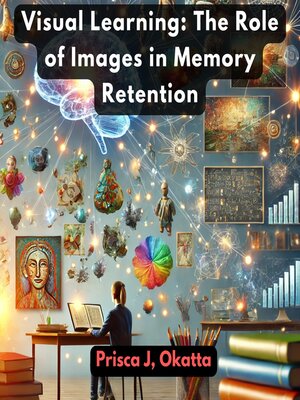
Sign up to save your library
With an OverDrive account, you can save your favorite libraries for at-a-glance information about availability. Find out more about OverDrive accounts.
Find this title in Libby, the library reading app by OverDrive.



Search for a digital library with this title
Title found at these libraries:
| Library Name | Distance |
|---|---|
| Loading... |
This audiobook is narrated by a digital voice.
Our brains are inherently visual, processing images faster and retaining them longer than text or auditory information. This innate preference makes visuals a cornerstone of effective learning and memory retention. Research shows that 90% of information transmitted to the brain is visual, and images are processed 60,000 times faster than text, highlighting their power in enhancing understanding and recall.
Visual learning leverages this by combining visuals with text, a concept supported by Dual Coding Theory. This approach stores information in both verbal and visual formats, creating stronger mental connections. Images also evoke emotions and context, anchoring abstract ideas into tangible frameworks that are easier to remember.
In education, visuals simplify complex topics through charts, infographics, and diagrams, making information more digestible. Digital tools like augmented and virtual reality create immersive experiences that deepen understanding. Visual aids also play a critical role in corporate training and everyday memory techniques, such as mind maps and color-coded notes.
However, effective use of visuals requires balance. Overloading learners with excessive imagery can lead to cognitive fatigue. The key is integrating meaningful visuals that complement content, enhancing engagement without distraction.
By understanding the brain's affinity for images, we can harness visual learning to unlock better retention, deeper comprehension, and a more impactful learning experience.







